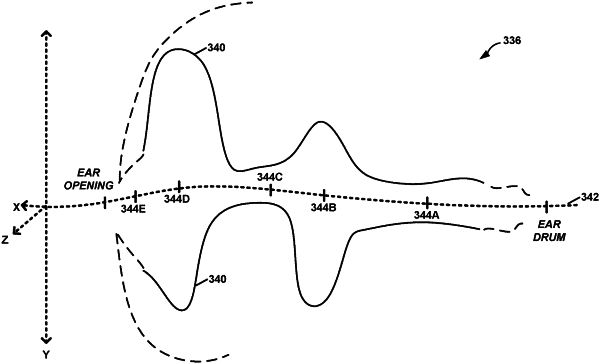| CPC G06F 30/20 (2020.01) [G06N 3/084 (2013.01); G06N 20/00 (2019.01); H04R 1/1058 (2013.01); G06F 2119/18 (2020.01); H04R 2201/105 (2013.01)] | 23 Claims |

|
1. A method comprising:
training a machine learning (ML) model to generate a representation of an ear-wearable device for a target ear canal, wherein training the ML model comprises:
receiving a data set that includes a representation of a historic ear impression and a corresponding target representation of an ear-wearable device;
providing the historic ear impression to the ML model, wherein the ML model is configured to output a generated representation of the ear-wearable device;
applying a cost function to the output of the ML model to determine a cost, wherein the cost function includes a weighted mean square error of deviations of the generated representation of the ear-wearable device and the target representation of the ear-wearable device; and
updating model parameters of the ML model based on the cost;
receiving, by at least one processor, a representation of a target ear canal of a patient; and
applying, by the at least one processor, the ML model to generate a representation of an ear-wearable device for the target ear canal, wherein input to the ML model includes the representation of the target ear canal of the patient.
|